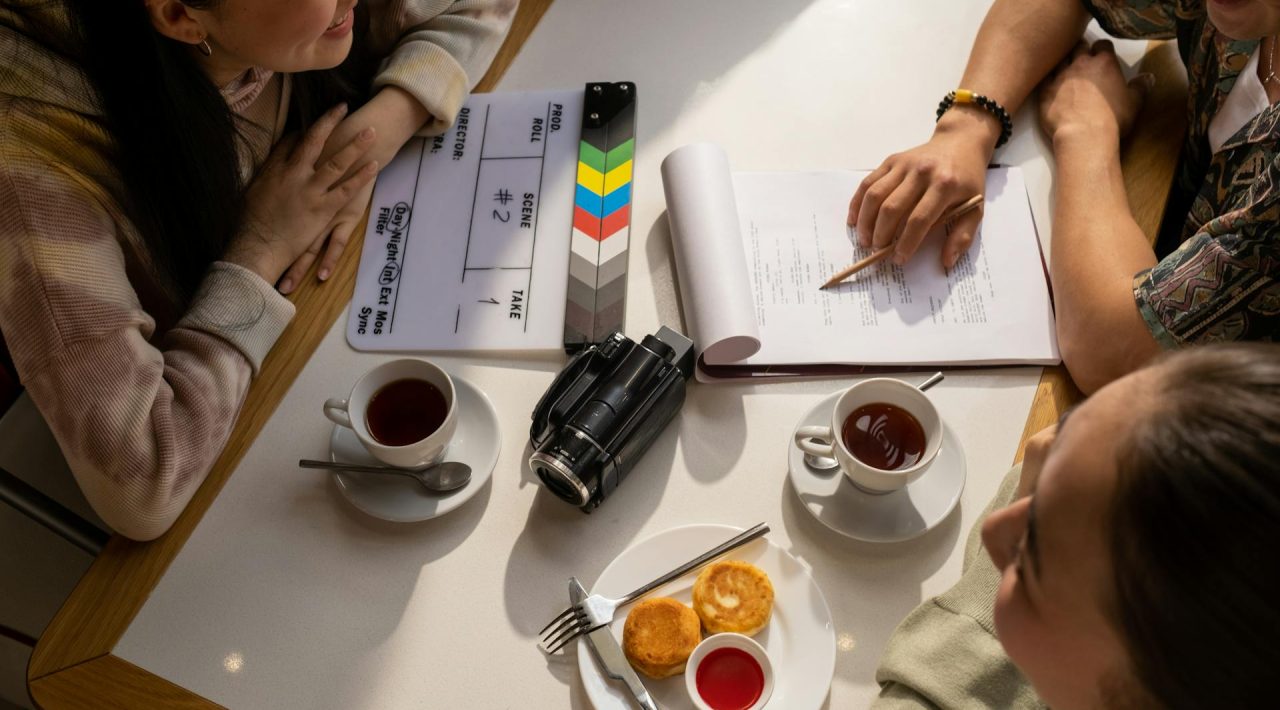How to Write a Film Treatment
Writing a film script or film treatment takes effort, preparation, and experience in most cases. Even seasoned screenwriters find it struggling sometimes to sit and write a full-length script or film treatment without a break.
Writing a treatment that represents a narrative screenwriting tool that will help you explore essential ideas and various possibilities for your story as well as the characters involved is both essential, and essentially challenging at the same time — but it’s a must!
Step 1: Prepare the Title

The first step to writing a film treatment is the title. The title of your film is NOT something to speed past.
You need a title that captures the essence of your story, uses as few words as possible and represents an original screenplay that will capture the interest of the target audience.
Step 2: Prepare the Logline

The logline represents a short, one or two-sentence representation or summary of your story.
It should capture the interest of the audience, and pique their interest so that they want to know what the story is about. Consider a protagonist that is up against real-world feats as well as a condensed summary of the film concept — you want the reader to feel like they MUST see what happens.
Step 3: Summary

Prepare the concept summary which will expand on the logline by providing key details about how the film will continue.
What will happen? What is the theme? What kind of tone will the story have? You should summarize any relevant background data for the story as well.
Step 4: Define Main Characters

Who are the main characters of the story? What do they want to do? How are they developed?
This is your chance to build an emotional connection to each character, and to help the reader to see the importance of the character’s role in the story. A story with characters that readers or viewers are not emotionally connected to will not succeed.
Step 5: Define the Acts

What’s happening in the story and how is the world set up? Who lives in the story? How does it begin? What is the opening reel? Who do we see? What is the short overview of the story that will draw the reader in? What are the acts that take place throughout to keep the reader engaged and on his or her seat waiting for more?
Step 6: Prepare the Epilogue

This is the final closing paragraph of your film treatment. It should summarize your entire narrative and state how the story ends. Does it end with a promise to come back? Do characters die? What does the main character learn? How do all of the loose ends of the story come together in the end in a way that the reader now understands the entirety of the film?
Now that you know how to write a film treatment, what kind of story will you outline next? Give Beverly Boy Productions a call to learn more about film treatments and preparing a story for the world!


